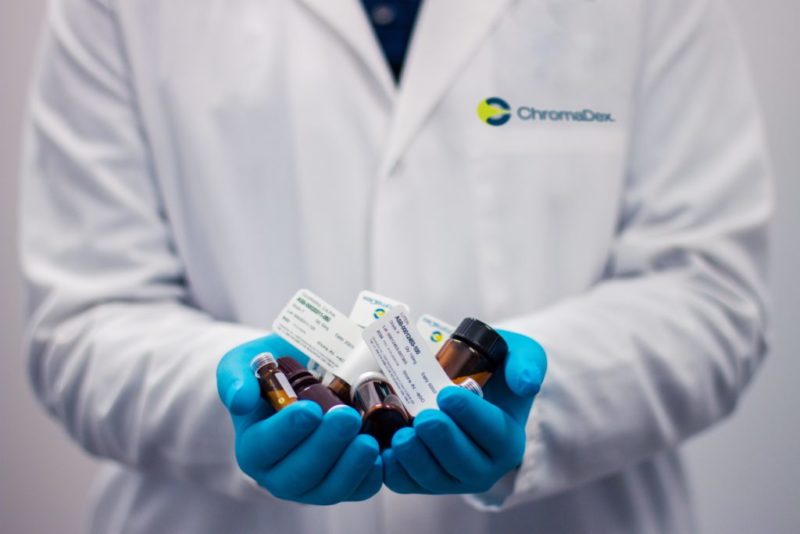Methadone and Suboxone® help patients manage their withdrawal symptoms and cravings during medication-assisted treatment (MAT). Since they count as opioids, some patients worry that they will show up on drug tests for work or sports. These medicines infrequently appear on drug screenings, and patients have protections even if they show positive results. Learn more about drug tests and MAT medications in this guide.
[maxbutton id=”2″ text=”Find A Treatment Center Near You” url=”https://www.hcrcenters.com/our-location/”]
About Methadone and Suboxone®
Most MAT programs treat patients with methadone or a buprenorphine medication like Suboxone®. These medicines belong to the opioid category of drugs, but they have the purpose of controlling cravings and withdrawal symptoms.
Both methadone and Suboxone® count as synthetic opioids — completely human-made opioids. Methadone and the Suboxone® component buprenorphine attach to the opioid receptors to satisfy the brain’s need for opioids. While methadone has a single component, Suboxone® contains buprenorphine and naloxone, a deterrent for misuse. Each of these medications has different administration processes that can suit different patients.
How Long Do MAT Medications Stay in Your System?
The amount of time it takes for a MAT medication to leave your system depends on a few factors. Your previous exposure to opioids and your body’s unique metabolism both influence how you process these drugs. On average, methadone relieves symptoms for 24 to 36 hours and leaves the system within eight to 59 hours. Buprenorphine takes effect for 24 to 60 hours and has a half-life of 37 hours.
If you have an upcoming drug test, do not stop taking your MAT medicine without your doctor’s permission. Instead, talk to your clinic about your concerns, and they will answer any questions you have.
Do Drug Screenings Test for MAT Medications?
In most cases, standard drug tests do not look for methadone or Suboxone®. Many drug screenings for employment and sports do test for semi-synthetic opioids like morphine. As synthetic opioids, methadone and Suboxone® have different structures than morphine. However, some drug tests still include methadone and buprenorphine screenings. In this case, patients who take MAT medications can tell the testing lab ahead of time and provide written proof.
What Happens If I Test Positive for Methadone or Suboxone® on a Drug Screening?
If you get a positive result for methadone or Suboxone® on a drug screening, remember that you have protections. Under the Americans with Disabilities Act, employers cannot deny employment based on someone’s status as a MAT patient. If your medication shows up on a screening, contact your clinic. They will help you provide the documents you need to show that you take your medication legally. You may also need to take extra drug tests for verification.
Discover More About Opioids or Enter a MAT Program
At Health Care Resource Centers, we help patients, loved ones and community members learn about opioid addiction. We welcome you to learn more about opioids by visiting our blog today.
If you would like to begin MAT for yourself or a loved one, contact our staff online. We provide services in New England and can refer you to any of our partner clinics across the country.




